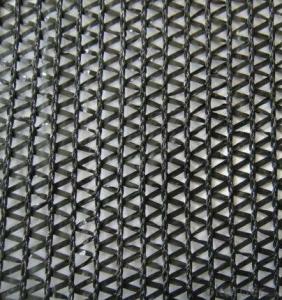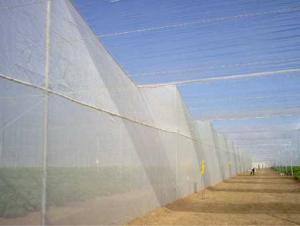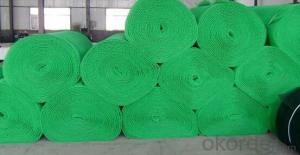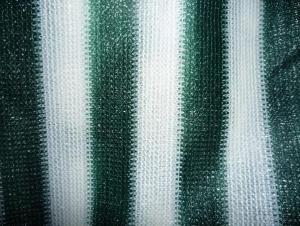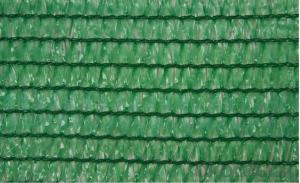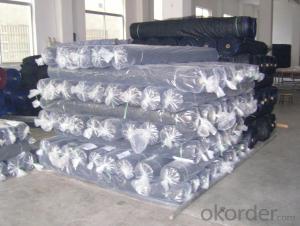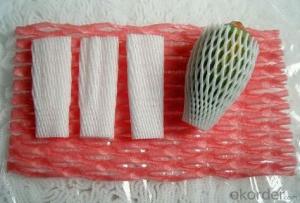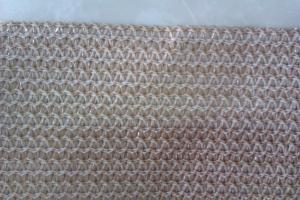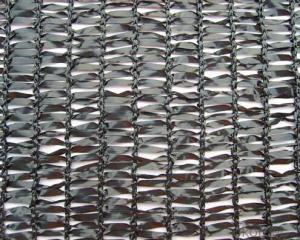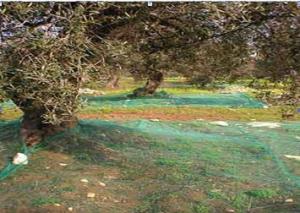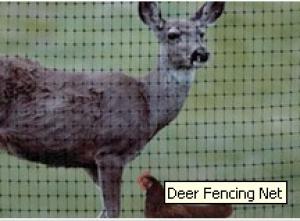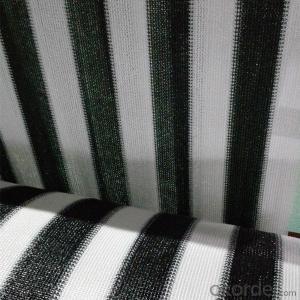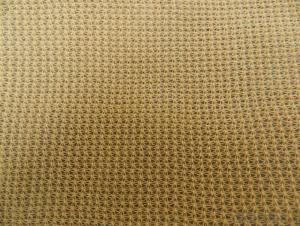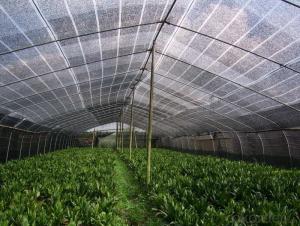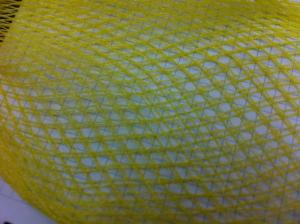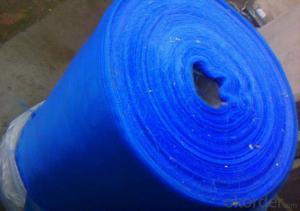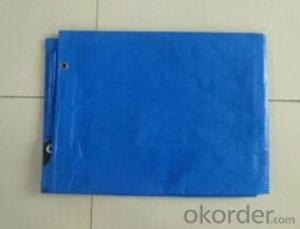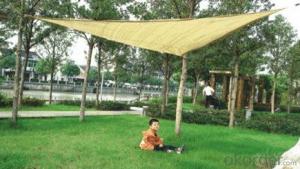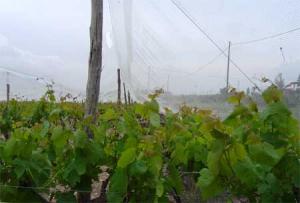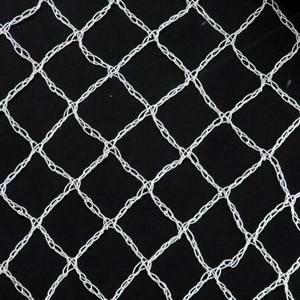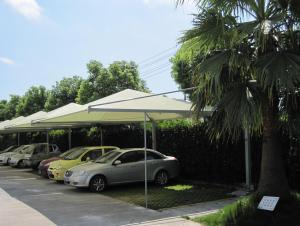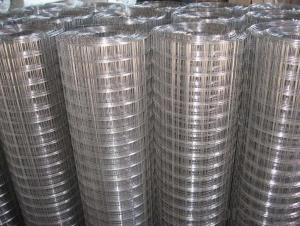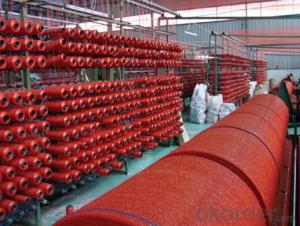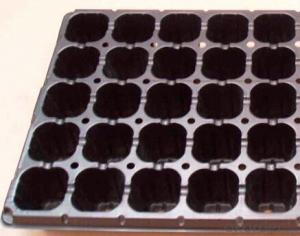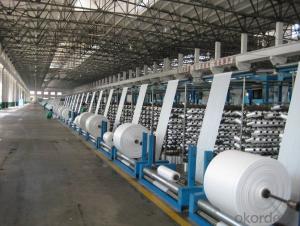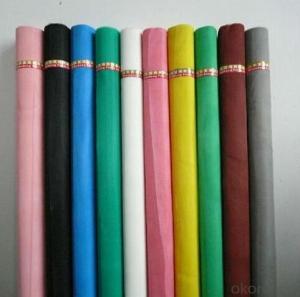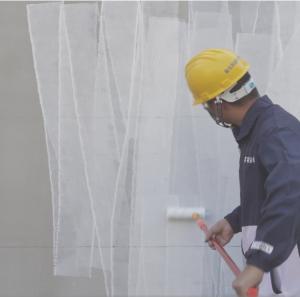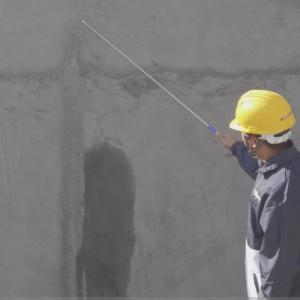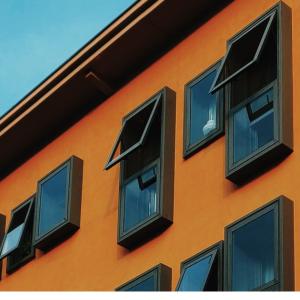Plastic Netting For Gardens
Plastic Netting For Gardens Related Searches
Garden Plastic Netting Plastic Garden Netting Uk Plastic Garden Netting Fencing Black Plastic Garden Netting Green Plastic Netting Garden Plastic Sheeting Clear Plastic Netting Plastic Wire Netting Plastic Netting Uk Plastic Safety Netting Plastic Netting Nz Garden Screen Netting Plastic Deer Netting Rigid Plastic Netting Protective Netting Barrier Fence Netting Flexible Netting Agricultural Netting Suppliers Recycled Plastic Garden Bench Poly Tube Netting Garden Bench Recycled Plastic Garden Decorations For Sale Wireless Garden Lighting Wholesale Plastic Hanging Baskets Large Rolls Of Plastic Sheeting Plastic Mesh Deer Fencing Green Plastic Roofing Sheets Clear Plastic Flower Pots Protective Plastic Sheeting Plastic Wall Coverings For BathroomsPlastic Netting For Gardens Supplier & Manufacturer from China
Plastic Netting For Gardens is a versatile product designed to protect plants from various external factors such as pests, birds, and harsh weather conditions. This netting is made from durable plastic materials, which ensures its longevity and resistance to wear and tear. It is an essential tool for gardeners and farmers looking to maintain the health and productivity of their gardens.The application of Plastic Netting For Gardens is extensive, as it can be used in a variety of scenarios. It is commonly employed to cover vegetable patches, fruit trees, and flower beds to prevent damage from pests and birds. Additionally, it can be used to provide shade and protection from strong winds or heavy rain, ensuring that plants remain healthy and undamaged. This product is particularly useful for organic gardeners, as it allows them to maintain their plants without resorting to chemical pesticides.
Okorder.com is a reputable wholesale supplier of Plastic Netting For Gardens, boasting a large inventory to cater to the needs of various customers. They offer competitive prices and reliable shipping options, making it an ideal choice for those looking to purchase this product in bulk. With their extensive range of netting options, Okorder.com ensures that customers can find the perfect solution for their garden protection needs.
Hot Products
